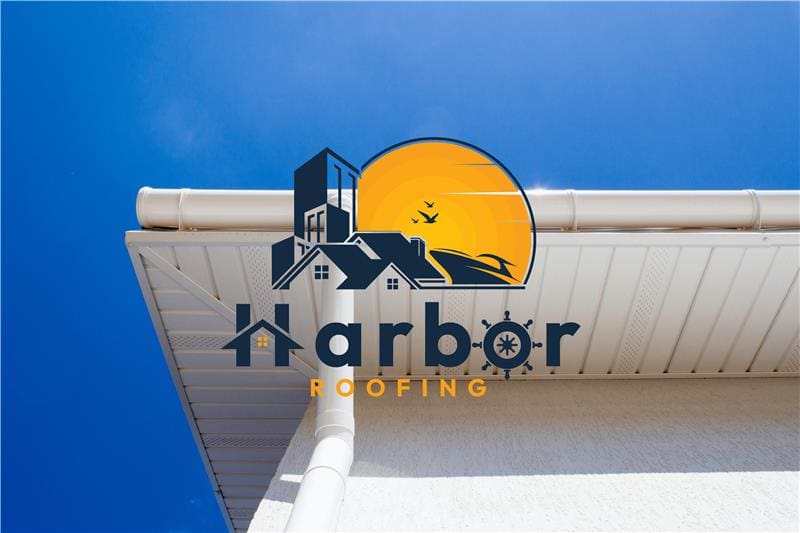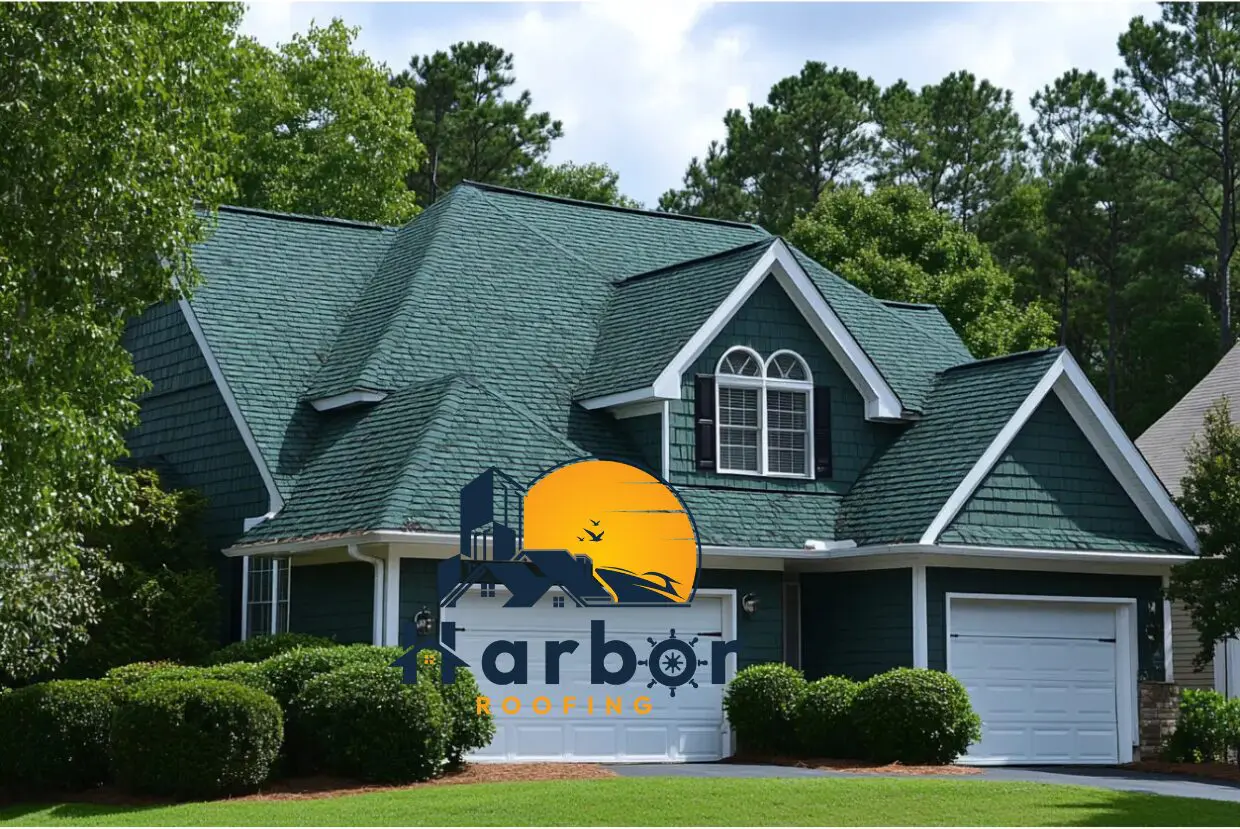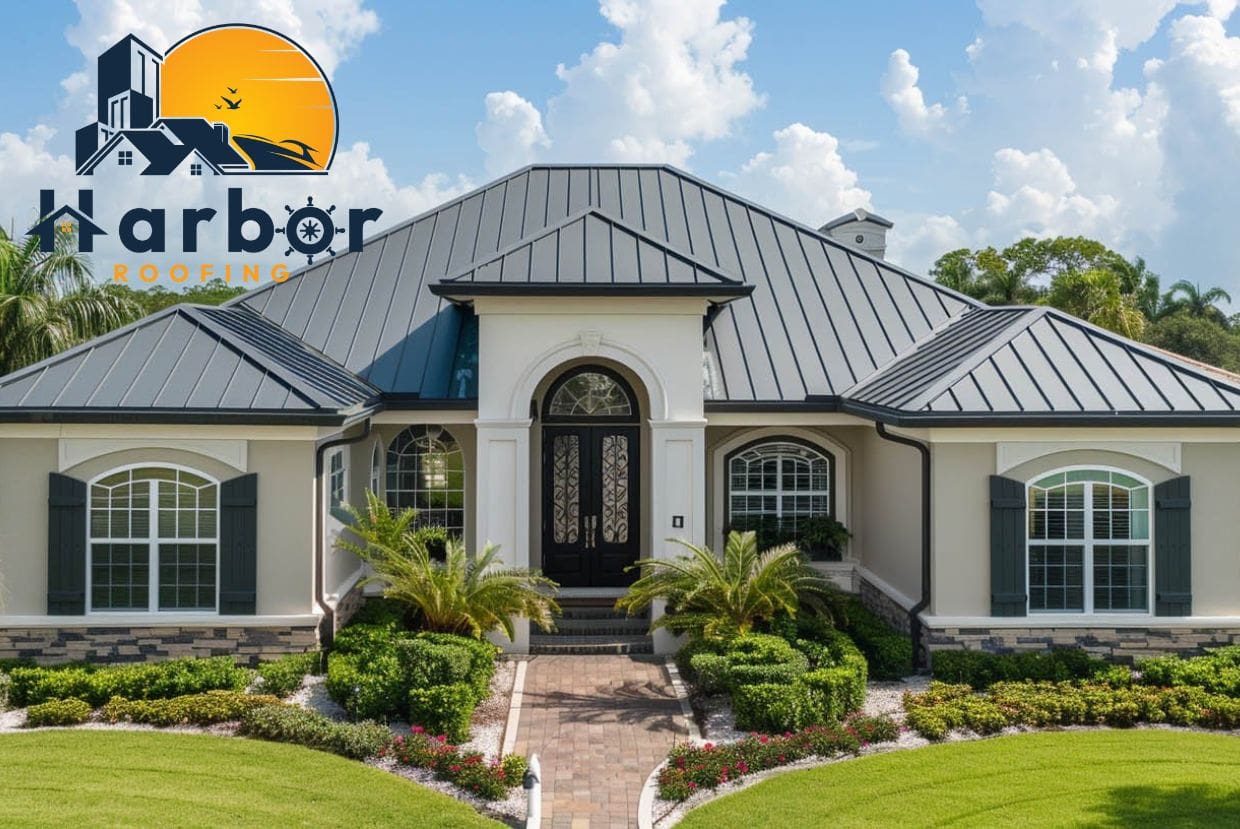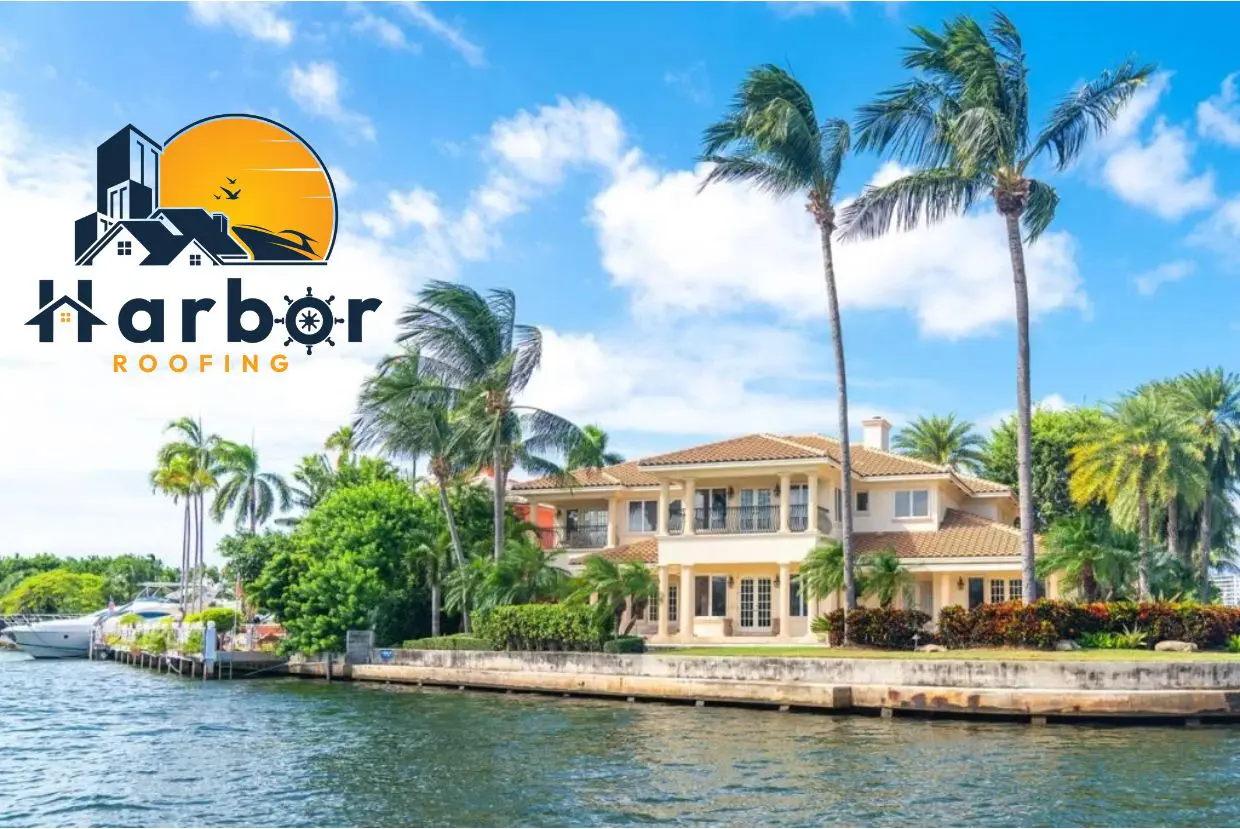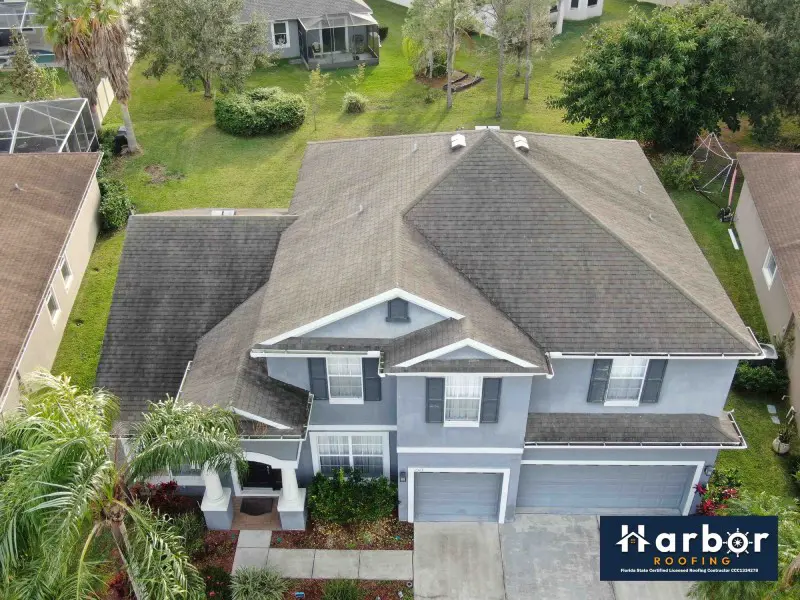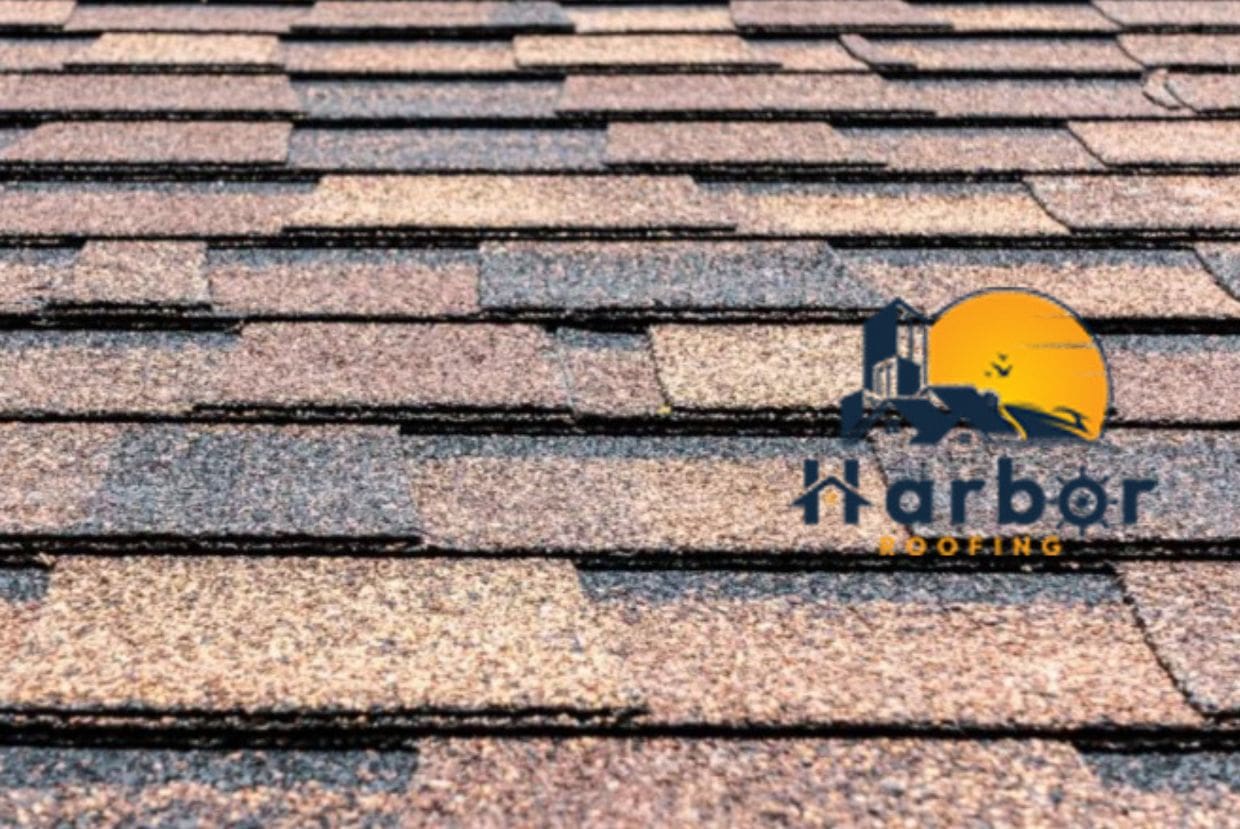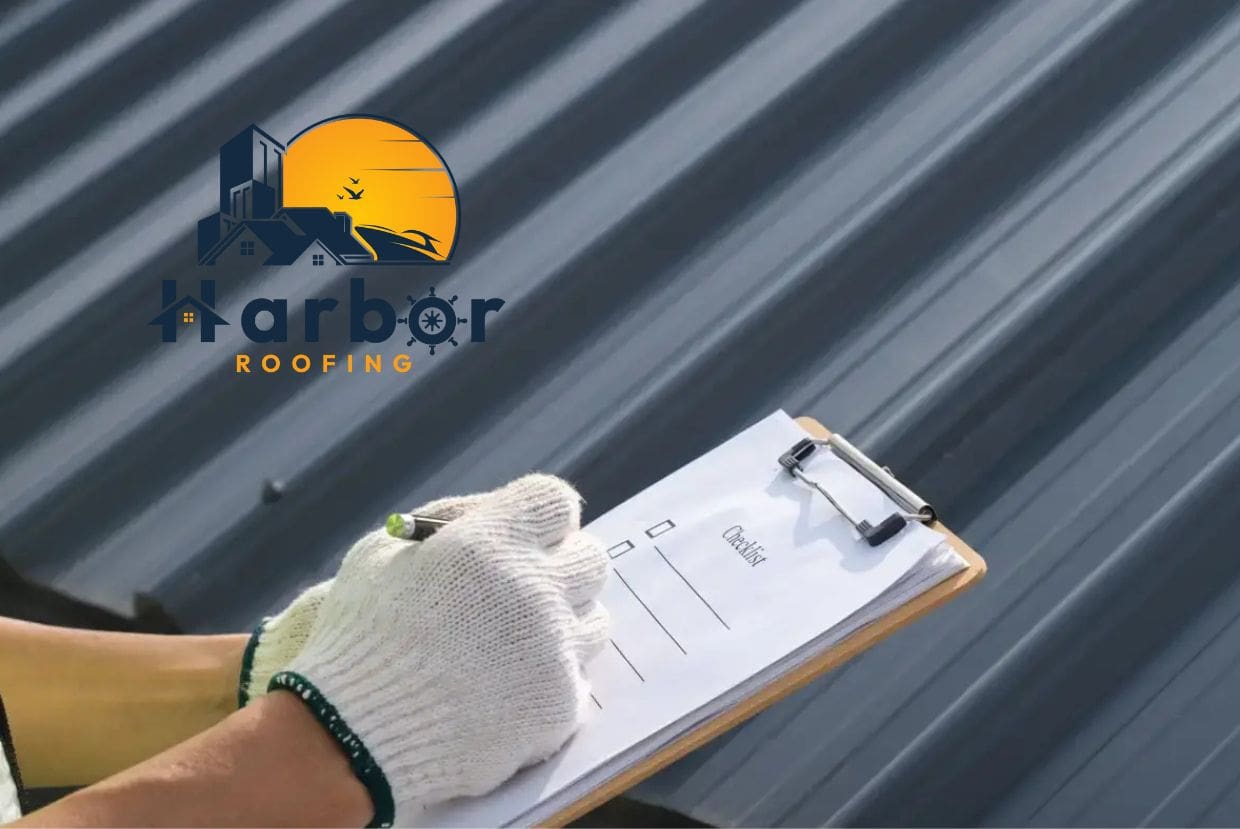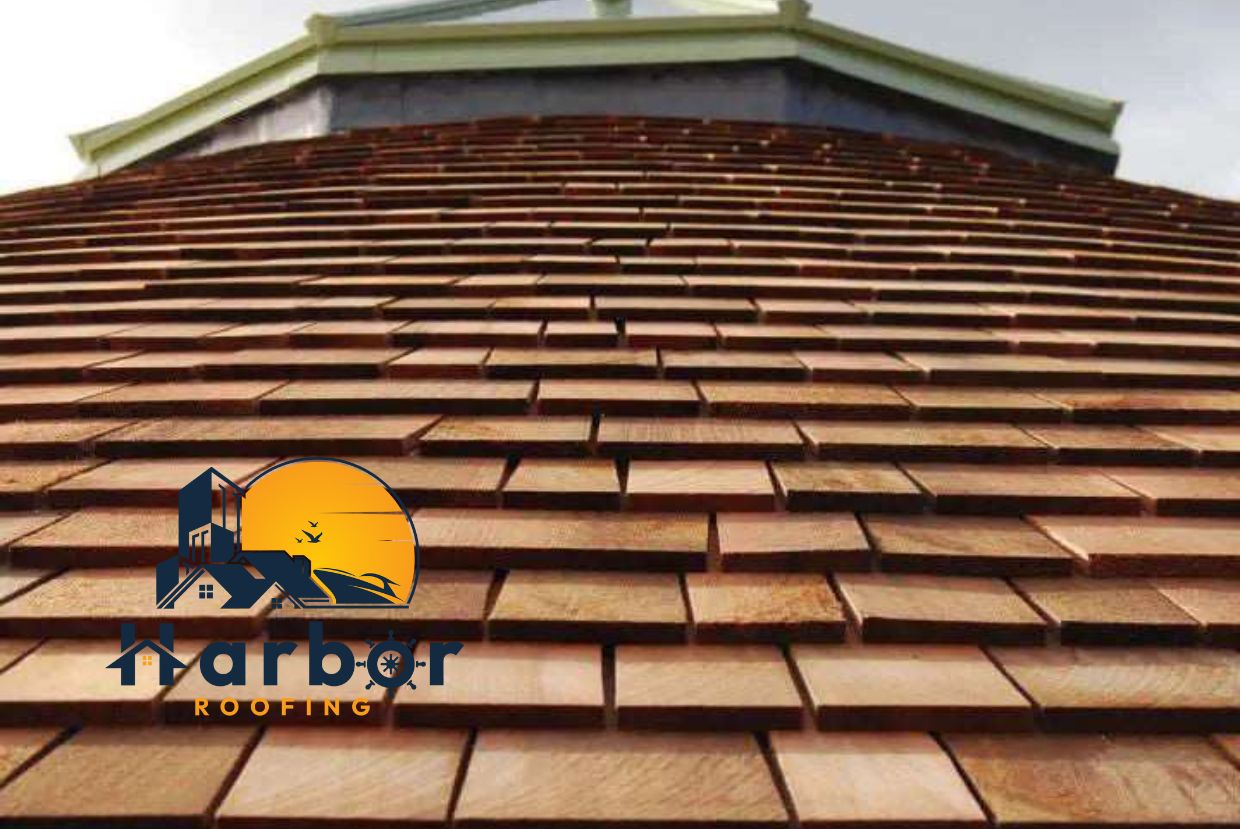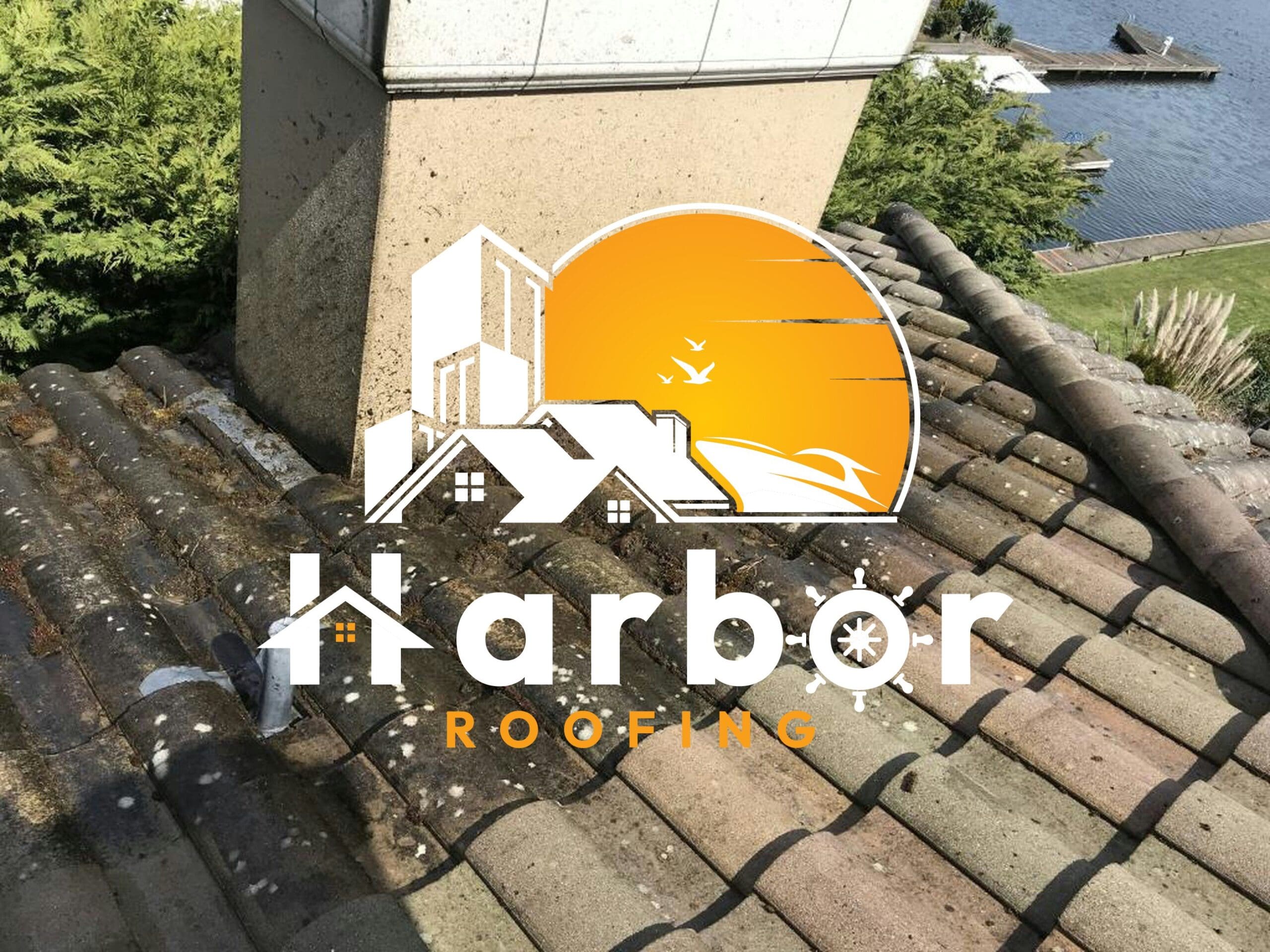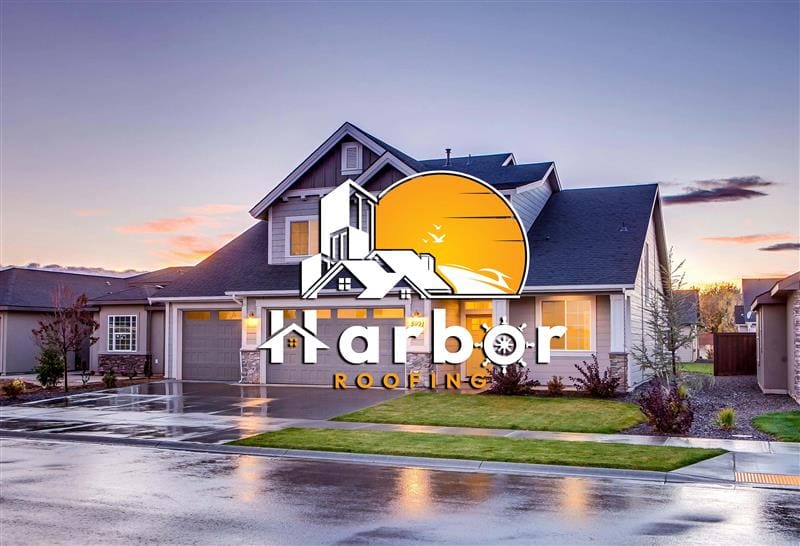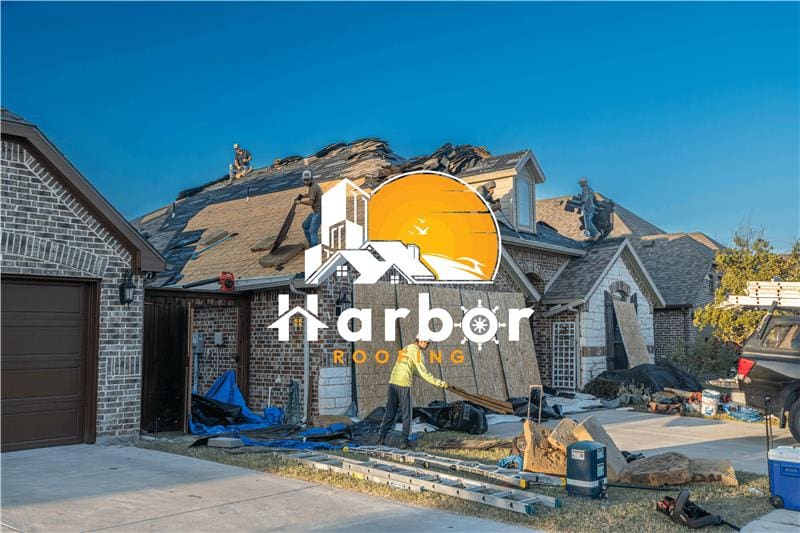Table of contents
Have you ever noticed how, after a heavy rain, your flat rooftop unexpectedly becomes a pool? Without proper flat roof repair, this trapped water starts to weaken your roof’s membranes. Consequently, it encourages leaks and causes costly structural damage to your house.
Would you like to prevent this from happening to your house? Excellent, because today we will be sharing a few practical tips that can help tackle drainage problems such as ponding water and clogged scuppers. As well as offering proven repair methods and updated building codes that will allow you to protect your flat roof from routine damage and expensive repairs.
Identifying Drainage Problems
Ponding Water
When water stays on a flat rooftop for more than 48 hours, it starts to weaken the protective membranes of your roof. Moreover, this trapped moisture adds weight and stress to the roof deck. Thus creating the ideal conditions that guarantee leaks and structural failure.
To prevent this from happening. You can look for sagging, surface cracks, or uneven patches that can trap rainwater after a storm. Likewise, from the inside of the building, search for water stains on the ceiling or walls for ongoing drainage problems.
Ignoring these warning signs can further damage your property and make future flat roof repairs more expensive. In other words, early detection is the most practical way to prevent long-term issues and costly replacements.
Clogged Scuppers And Drains
Debris, twigs, and leaves are common culprits that are known for blocking scuppers and drains. Thus, preventing water from flowing across the roof. These blocked drains trap water, leading to ponding that stains membranes, causing leaks and shortening the lifespan of your roof.
After every storm, make sure to inspect drains and scuppers to remove any debris that might have built up. Furthermore, installing protective guards can also help in reducing blockages and make sure the drain works smoothly.
If debris is clogging your drains repeatedly, then a professional cleaning can help prevent further complications. Besides, timely maintenance guarantees that water flows smoothly, preventing costly repairs caused by trapped rainwater on flat roofs.
Routine Inspection And Maintenance
Regular Cleaning
Make sure to clean your roof drains and gutters at least twice a year and immediately after a heavy storm. Although a simple habit, it can help prevent debris buildup that can potentially block your drainage and create damaging ponding.
Additionally, you can install leaf guards or strainers to stop leaves and twigs from entering the drainage system. Not only are these an affordable solution, but also a simple way to reduce frequent clogs and keep the water flowing naturally.
In the same effect, schedule routine cleanings to help extend the longevity of your rooftop and reduce the cost of flat roof repair. With proper cleaning, you can improve the performance of your drain while preventing leaks that can weaken your house’s structure.
Structural And Membrane Checks
Check the membrane seams and flashing near drains and scuppers for cracks or visible separation. Damaged seams allow water infiltration, which results in leaks, hidden moisture buildup, and structural weaknesses inside the house.
Similarly, inspect your roof deck for sagging or depressions that encourage water pooling after heavy rain. Finding these issues early on can help prevent long-term drainage issues, along with expensive flat roof repairs. Plus, regular maintenance not only extends the roof’s life but also improves performance during harsh weather conditions, keeping your flat roof strong and reliable year-round.
Re‑establishing Proper Roof Slope
Tapered Insulation
This is one of the more practical ways to improve your flat roof’s drainage without altering your house structure. Tapered Insulation allows you to create subtle slopes that can naturally guide water towards drains. Therefore, completely eliminate small ponding areas that can lead to long-term damage.
Moreover, this approach is quick, cost-effective, and perfect for fixing minor drainage issues that are common on older flat roofs. Not to mention, simply by redirecting the flow of water. These solutions are reducing the stress on the members and creating a safer and more durable roofing system.
Roof Re‑pitching And Saddles/Crickets
Cricket and saddles are the raised sections built to divert the water away from rooftop equipment and parapet walls. These are particularly handy near HVAC units, vents, or any other structure where ponding water tends to collect.
For the bigger sagging areas, re-pitching the entire roof can help in getting a permanent drainage solution. This procedure reshapes your deck and restores proper slopes. Hence, making sure water moves efficiently towards the drains even after a heavy storm.
Drainage Hardware Upgrades
Installing Scuppers And Internal Drains
Adding additional scuppers along parapet walls greatly improves water flow and reduces the risk of flooding. In fact, Internal drains, placed at the roof’s lowest points, give water a reliable path, preventing dangerous pooling after heavy rainfall. If these are installed correctly, these drainage parts stop stationary water from damaging membranes and creating costly leaks.
Plus, they’re an affordable, effective upgrade that increases the roof’s drainage capacity. Therefore, reducing ongoing maintenance and keeping flat roof repair needs to a minimum over time. Regular inspections ensure these features remain functional through all seasons, especially during intense storms.
Backup Scuppers And Siphonic Systems
These help in providing a safety net when the main drains fail or become clogged with debris. During heavy storms, they divert excess water quickly, preventing ponding that strains membranes and leads to premature roof damage.
On the other hand, for larger buildings, siphonic drainage systems use negative pressure to move water faster through fewer visible drains. These advanced systems handle intense rainfall efficiently while maintaining a cleaner appearance. By combining primary drains, backup scuppers, and siphonic systems, you can create a reliable multi-layer drainage approach that protects your flat roofs for years.
Temporary And DIY Fixes
Wicking Ropes And Slope Improvements
Wicking ropes are a simple, fast, and inexpensive way to move standing water towards working drains. Not only do these absorbent ropes create a temporary path for the water, but they also reduce ponding that can damage your roof’s membranes, if left untreated.
Similarly, slope-improving roof coatings are also an ideal approach. These are designed to level out small low spots on flat roof surfaces. While not a permanent solution, these coatings can significantly mitigate water damage and reduce debris accumulation. Although suitable for addressing minor issues, DIY applications should be complemented by professional interventions to guarantee long-term protection and structural integrity.
Coatings And Sealants
Silicone coatings deliver strong waterproofing, which makes them ideal for areas where ponding water frequently collects. They create a durable barrier that resists moisture infiltration and extends the life of existing roof membranes.
For localized issues, rubberized sealants work well to patch cracks and seal leaks around drains or scuppers. Applying these materials promptly stops minor leaks before they expand into costly repairs. However, coatings and sealants are best considered temporary measures until more permanent drainage improvements can be installed by a professional.
Major Repair And Replacement Options
Overlay with New Membrane And Crickets
If you are facing small drainage issues, overlaying a new membrane over your existing one can help restore its performance. In fact, adding crickets, small, raised sections, can help make sure water stays away from problematic areas like drinks, curbs, and HVAC units.
Similarly, this approach improves water flow without requiring a complete structural rebuild. It’s a cost-effective and ideal solution for roofs with minor sagging or localized ponding problems. With the help of a professional installation, the new materials are guaranteed to bond correctly and maintain long-term durability.
However, keep in mind that although overlays improve drainage, they’re not a permanent solution for major damage. Timely upgrades can still delay extensive flat roof repair or a full replacement, saving money over time.
Full Roof Replacement
When extreme structural sagging and recurring ponding occur, a full roof replacement becomes the best solution. This process removes damaged materials and restores proper slope using tapered insulation and advanced drainage systems.
Replacing the entire roof improves long-term performance, prevents future water pooling, and protects the underlying building structure. It also allows upgrades to modern materials that resist ponding and extend overall lifespan.
Though more costly upfront, a complete replacement eliminates hidden issues and reduces maintenance needs. Investing in a professional replacement prevents repeat drainage problems and ongoing flat roof repair expenses.
Selecting the Right Method
Assess Severity And Budget
Start by estimating how severe the drainage issue is before choosing a repair approach. Small ponding problems may only require temporary fixes, while larger areas benefit from overlays with new membranes.
Always balance the repair scope with your budget and long-term goals. A cheaper solution might save money upfront, but lead to repeated flat roof repair needs later. Considering long-term benefits ensures better overall value.
Property owners should also consider the age and condition of their roof when making a decision. Sometimes, investing in larger upgrades can prevent more extensive damage and unexpected structural repairs down the road.
Employ Professionals
Hiring certified roofers, such as Harbour Roofing, guarantees repairs meet building codes and provide lasting protection against future drainage issues. Moreover, these experienced contractors make sure to use proper materials and techniques that improve your roof’s drainage capabilities. As well as its longevity.
These professionals work to avoid costly mistakes often caused by DIY attempts or unqualified installers. Not to mention, professional craftsmanship reduces the chances of recurring ponding, leaks, or premature membrane failure over time.
This means that consulting experts guarantee accurate problem assessment and the right solution for your needs. Additionally, their guidance can help you save money in the long term and prevent repeat flat roof repair expenses resulting from improper fixes.
Maintenance Plan for Longevity
Scheduled Inspections
Make sure you inspect your flat roof every six months to find any small issues before they become expensive flat roof repairs. Also, after every heavy storm, these immediate checks can help in finding hidden dangers like cakes, clogged drains, or even early signs of ponding.
Furthermore, documenting your inspections can help in maintaining a record that professionals can use during potential evaluations. Plus, these records can shine a light on the recurring drainage problems. Thus, allowing you to determine whether you are facing minor fixes or more costly flat roof repairs.
Being proactive for inspiration won’t only allow you to extend the longevity of your roof, but also maintain proper drainage efficiency all year round. Meaning, simply by scheduling regular checks, property owners avoid unexpected leaks, costly downtime, and unnecessary structural damage caused by neglect.
Clean And Reapply Coatings
Regularly cleaning drains and scuppers before applying roof coatings guarantees better adhesion and long-lasting protection. Removing debris helps water flow freely, preventing damage to both the coating and the underlying roof materials.
Protective coatings should be reapplied every ten to fifteen years, or sooner if visible wear appears. Timely recoating enhances resistance to ponding water and minimizes the need for frequent flat roof repair in the future.
Moreover, this routine maintenance can help reduce long-term expenses simply by delaying costly replacements. In the same vein, clean surfaces and fresh coating can help flat roofs stay durable, weather-resistant, and properly drained even under harsh seasonal conditions.
Say Goodbye to Ponding
With the help of effective drainage solutions, you can keep your flat roof safe from water damage, structural stress, and costly flat roof repairs. Pair proactive maintenance with expert repairs to guarantee lasting performance in every season. Looking for a reliable solution and professional care? Put your trust in Harbor Roofing, a family-owned business that offers tailored solutions and expert guidance to protect your property using expert flat roof repair services.

